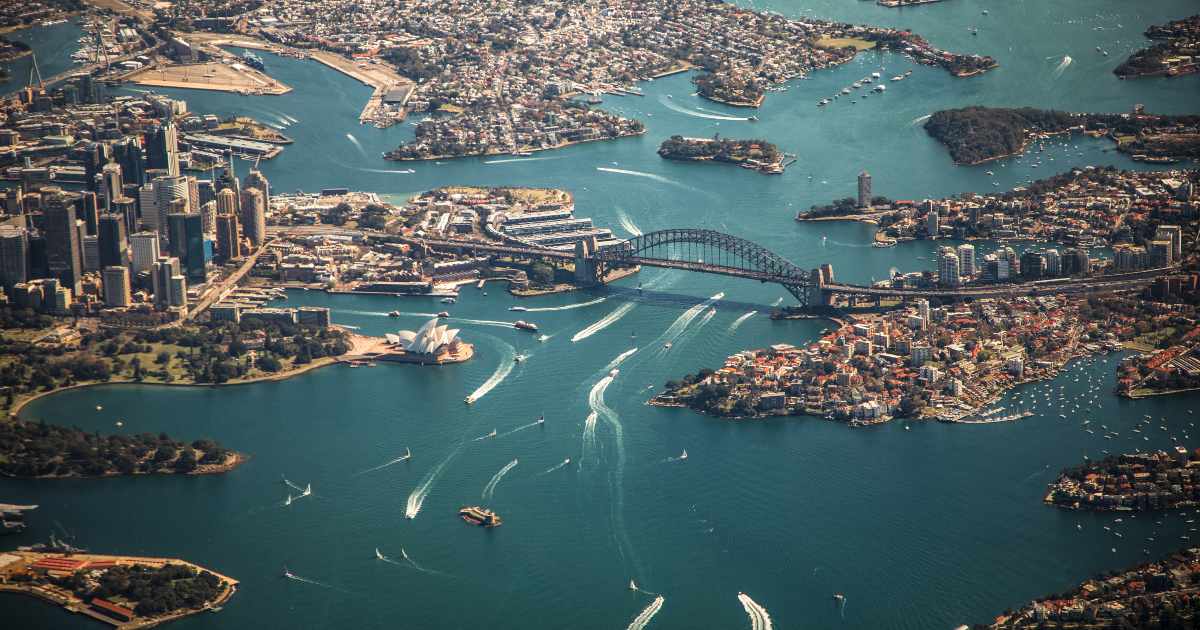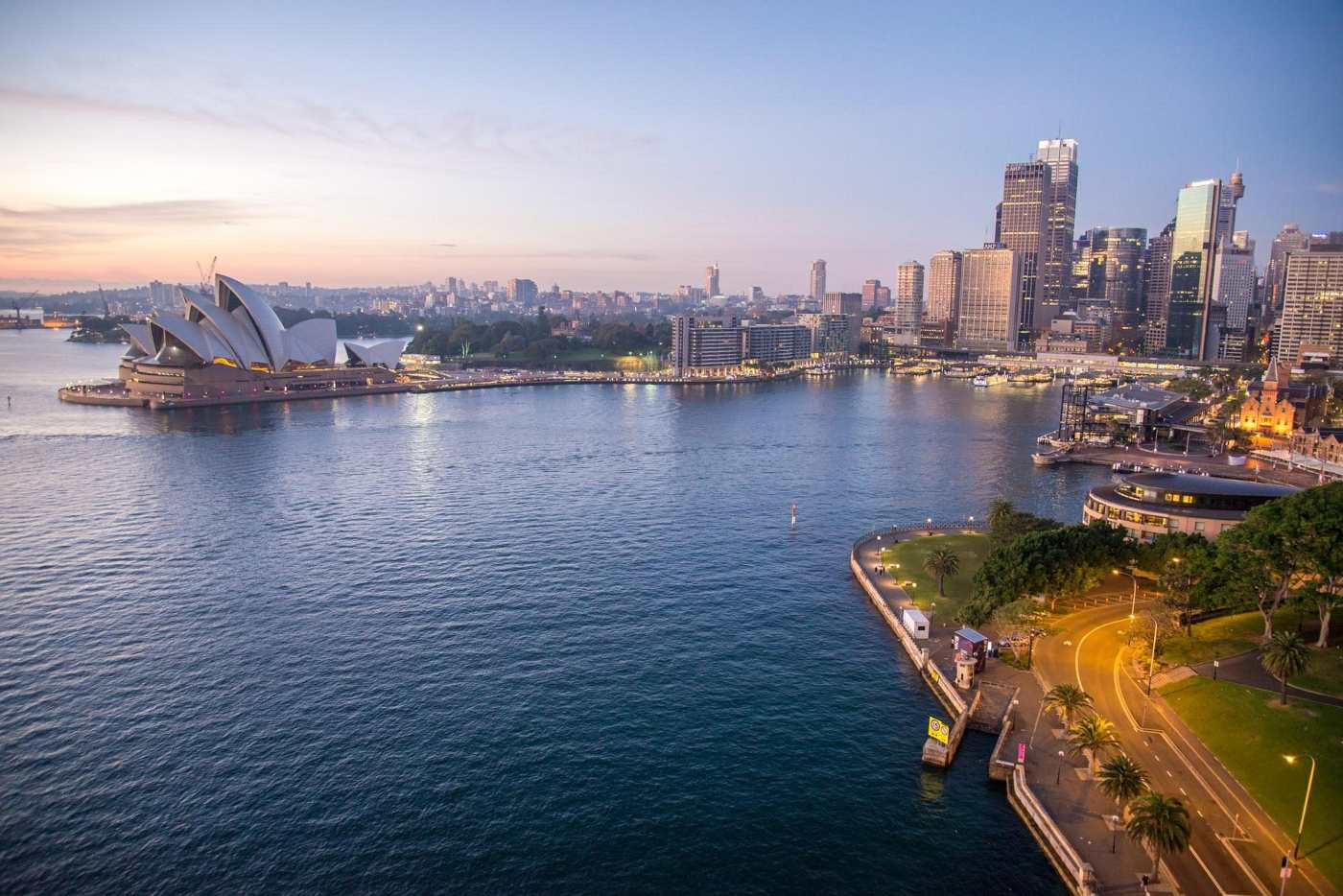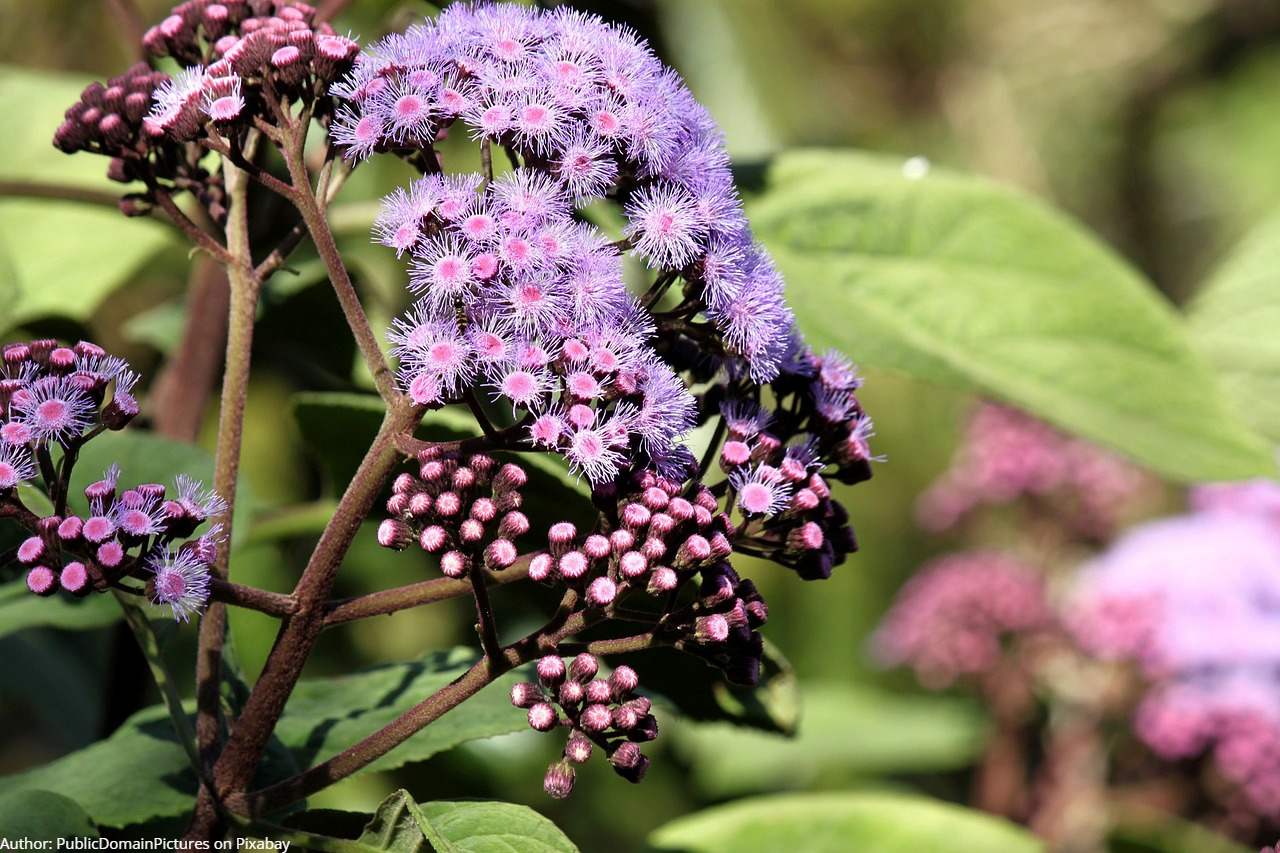Most famous attractions and experiences in Australia and Oceania
Australia and Oceania combine ancient indigenous cultures, stunning natural landscapes, and vibrant modern cities. The region’s signature attractions range from diving on world‑class coral reefs to experiencing Maori and Polynesian traditions.
-
Great Barrier Reef
The world’s largest coral system: unparalleled snorkeling and diving, exceptional biodiversity. Best time: June–October for visibility and calmer seas. -
Sydney Opera House & Harbour Bridge
Architectural and cultural icons: performances, harbour cruises, and the BridgeClimb for panoramic city views. -
Uluru‑Kata Tjuta
Sacred sandstone monoliths: powerful indigenous culture, striking sunsets and walks among the domes. Best time: spring and autumn for milder weather. -
Milford Sound & Fiordland
Dramatic New Zealand fjords: cruises, waterfalls and wildlife in spectacular scenery. Best time: November–April for calmer waters and activities. -
Bora Bora & Polynesian lagoons
Turquoise waters and overwater bungalows: perfect for relaxation, snorkeling and luxury stays. -
Kakadu National Park
Expansive wetlands, escarpments and rich Aboriginal rock art: birdwatching, boat tours and cultural sites. -
Tasmanian Wilderness (Cradle Mountain)
Pristine mountain landscapes and walking tracks: hiking, birding and remote wilderness experiences. Best time: summer for access, winter for snowy scenes. -
Easter Island (Rapa Nui) – Moai
Mysterious stone statues and Polynesian heritage: archaeology, ceremonial sites and an isolated island culture.
Natural attractions and wonders of Australia and Oceania
The natural beauty of Australia and Oceania spans deserts, glaciers, tropical forests, waterfalls, and mountains. Different regions offer unique landscapes and seasonal highlights for outdoor activities.
Mountains
-
Aoraki / Mount Cook (NZ)
Alpine peaks, glaciers and walking trails; best for hiking in summer (Dec–Feb), winter attracts mountaineers. -
Cradle Mountain (Tasmania)
Mountain trails, lakes and diverse flora; great for day hikes and multi‑day treks.
National Parks
-
Kakadu (Australia)
Wetlands, waterfalls and Aboriginal rock art; avoid the wet season for road closures and restricted access. -
Fiordland (NZ)
Fjords, cascades and lush forests; popular for cruises and multi‑day hikes such as the Milford Track.
Islands
-
Great Barrier Reef & Whitsundays
White sand beaches and clear lagoons; best for swimming and diving in the dry season (May–Oct). -
Fiji, Vanuatu, Polynesia
Tropical atolls and coral lagoons; activities include diving, kayaking and cultural experiences.
Lakes
-
Lake Taupo (NZ)
A volcanic lake popular for fishing, sailing and day trips; summer months are most pleasant.
Deserts
-
The Outback & Simpson Desert (Australia)
Vast red plains and unique light; travel in spring or autumn to avoid extreme heat.
Waterfalls
-
Huka Falls (NZ)
Powerful falls with short viewing walks; a great quick stop for families. -
Sutherland Falls (NZ)
Among the tallest waterfalls in the region, reached via Fiordland trekking routes.
Cultural and historical attractions
The rich history and traditions of Australia and Oceania are visible in monuments, museums, cities and festivals. Below are key cultural groupings with notable sites that tell the region’s diverse stories.
Ancient Civilizations
-
Moai on Rapa Nui (Easter Island)
Polynesian sculptural tradition and enigmatic archaeological sites attracting international research and visitors. -
Aboriginal rock art in Kakadu
Thousands of years of indigenous artwork and living cultural significance, best explored with local guides.
Colonial Heritage
-
The Rocks (Sydney)
Historic port district with colonial buildings, museums and artisan shops. -
Port Arthur (Tasmania)
A preserved penal settlement that illuminates Britain’s colonial past in Australia.
Art & Architecture
-
Sydney Opera House
World‑renowned architecture and a hub for music, theatre and dance. -
Te Papa Tongarewa (Wellington)
New Zealand’s national museum with interactive exhibits on nature, history and culture. -
Auckland Art Gallery
An extensive collection of Pacific and international art.
Religious Heritage
-
St Mary’s Cathedral (Sydney)
A major cathedral and landmark of religious and architectural importance. -
Maori ceremonial sites and marae
Places such as Waitangi Treaty Grounds offer deep insights into Maori history and rituals.
Seasonal attractions and events
Australia and Oceania change dramatically through the seasons, each offering distinct natural phenomena and events — from bloom seasons and migrations to cultural festivals.
Spring & Summer
-
Whale watching seasons
Coasts of southern Australia and New Zealand are prime for whale watching (May–November). Great for family boat trips and cruises. -
Wildflower season in Western Australia
Spring (Sept–Nov) produces spectacular blooms that attract nature tours and photographers. -
Vivid Sydney & summer festivals
Vivid (May–Jun) lights up Sydney with installations; summer brings beach festivals and music events across the region. -
Sydney New Year’s Eve fireworks
One of the world’s most famous NYE celebrations — book accommodation and harbour experiences well in advance.
Autumn & Winter
-
Dark Mofo (Tasmania) and winter arts festivals
June events offer unique night‑time performances and art experiences. -
Ski season in the Southern Alps
June–August is prime for skiing and winter sports in NZ and Australian alpine resorts. -
Aurora Australis (Southern Lights)
Visible from southern Tasmania, New Zealand’s South Island and Antarctica in winter months (May–Sept). -
Local seasonal festivals
Autumn and winter host regional cultural events across Pacific islands — check local calendars for exact dates.
Family-friendly and educational attractions
Australia and Oceania offer many attractions that combine fun and learning, ideal for families. Interactive museums, aquariums and parks let children explore science and nature firsthand.
-
Questacon (Canberra)
An interactive science centre with hands‑on exhibits suitable for all ages — great for learning physics and technology through play. -
SEA LIFE and major aquariums
Aquariums in Sydney and the Gold Coast showcase marine life with educational feeding displays and programs. -
Taronga Zoo & Australia Zoo
Animal parks with educational talks about conservation and wildlife behaviour. -
Te Papa (Wellington)
National museum with interactive sections on nature, history and Pacific cultures — engaging for all ages. -
Kelly Tarlton’s Sea Life (Auckland)
Aquarium tunnels and educational tours explaining marine ecosystems. -
Botanical gardens & farm parks
Hands‑on workshops for children to learn about plants, farming and local ecosystems. -
Interactive natural history and technology exhibits
Museums that explain geology, biology and engineering via kid‑friendly displays and workshops.
Tips for exploring and planning visits
Planning sightseeing across Australia and Oceania means accounting for varied climates and large distances — from cities to remote islands and the outback. Smart planning saves time and money.
- Choose the right season for your destination: seasons are opposite to the northern hemisphere — winter is June–August, summer is December–February.
- Hire local guides for indigenous sites and national parks to gain context and access to restricted areas.
- Book tickets and tours in advance for popular attractions (e.g. Opera House, reef trips, BridgeClimb).
- Check opening hours and seasonal closures — some roads and trails close in wet seasons or for conservation reasons.
- Plan transport between remote spots: flights, ferries and inter‑island links can be infrequent and costly.
- Prepare for remote travel: carry water, spare fuel, cash and a basic first‑aid kit.
- Observe wildlife safety rules (e.g. jellyfish, crocodiles, venomous snakes) — research before swimming or hiking.
- Protect yourself from the sun: high‑SPF sunscreen, a wide‑brim hat and light protective clothing are essential.
- Use helpful apps: Rome2rio for transport options, Wikicamps / CamperMate for camper travellers, and local weather apps (BOM, MetService).
- Check visa and entry requirements early — Pacific nations and Australia/New Zealand have specific entry rules.
- Take travel insurance that covers outdoor activities and emergency evacuations from remote areas.
- Respect local customs and cultures — especially at indigenous and Polynesian sites; ask before photographing ceremonies or sacred places.





















